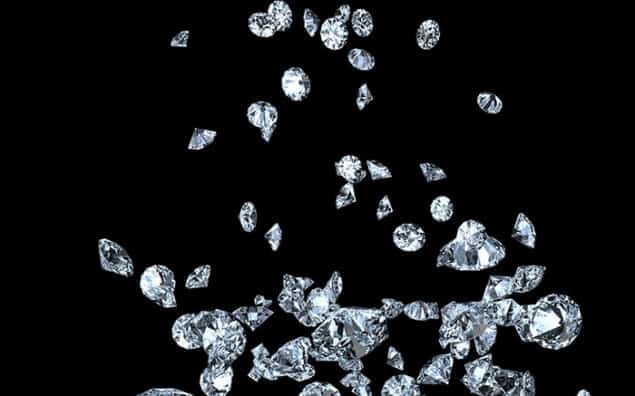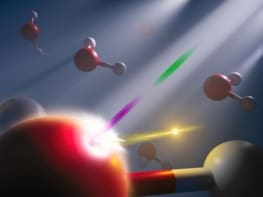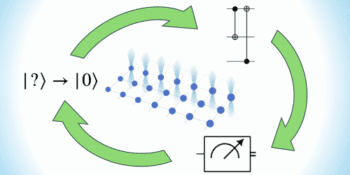
Physicists in France have levitated tiny diamonds and found that doing so has no effect on their spin properties. The researchers came to this conclusion after carrying out electron spin resonance (ESR) and fluorescence measurements on nitrogen vacancy (NV) centres, which occur whenever two neighbouring carbon atoms in diamond are replaced by a nitrogen atom and an empty lattice site. The technique could be used to create new optomechanical technologies such as extremely sensitive rotation sensors.
The reason why physicists are interested in levitating tiny diamonds containing NV centres is that tiny movements of such objects in a magnetic field could be measured by detecting changes in how it absorbs and emits light. One type of NV, known as NV–, is particularly interesting for researchers making sensors and other devices because its spin state can be determined easily using light. Unfortunately, conventional levitation techniques that use laser light make it hard to measure the optical properties of the NV centres.
Electrically charged
Now, however, Gabriel Hétet and colleagues at the Laboratoire Pierre Aigrain in Paris have developed a way of using an ion trap to levitate tiny diamonds without the need for laser light. They used a Paul-Straubel trap, which has a voltage oscillating at a radio frequency to trap charged particles. The trap was loaded by dipping a copper wire into a microcrystalline diamond powder and placing it in the trap, where electrically charged, micron-sized diamond particles jump off the wire and become trapped.
To show that the NV spins in the diamonds are not affected by trapping, the researchers first applied a microwave signal to the trapped particles, which split the energy levels associated with different spin states. They then applied a static magnetic field and confirmed that a further splitting of spin states had occurred. In both cases the spin states did not seem to be affected by being trapped.
Optical fluorescence spectra of the levitated diamonds were also similar to the spectra of diamonds on a glass surface, leading the researchers to conclude that the optical properties of the NV centres are not affected by levitation.
No rotation
However, the team did find that diamond particles smaller than about 2 μm rotate in the presence of the laser light used to make the fluorescence measurements. This, they calculate, is caused by the radiation pressure of the laser beam on the particle. However, for diamonds larger than 2 μm and relatively low laser powers, the diamonds did not rotate in the few minutes it takes to make the ESR measurement. Achieving this angular stability, they say, is an important step towards creating spin-controlled levitating particles.
Writing in the New Journal of Physics, Hétet and colleagues say that their levitated diamonds could be used in a number of applications including magnetometry, the study of quantum geometric phases and multi-axis rotational sensors.



